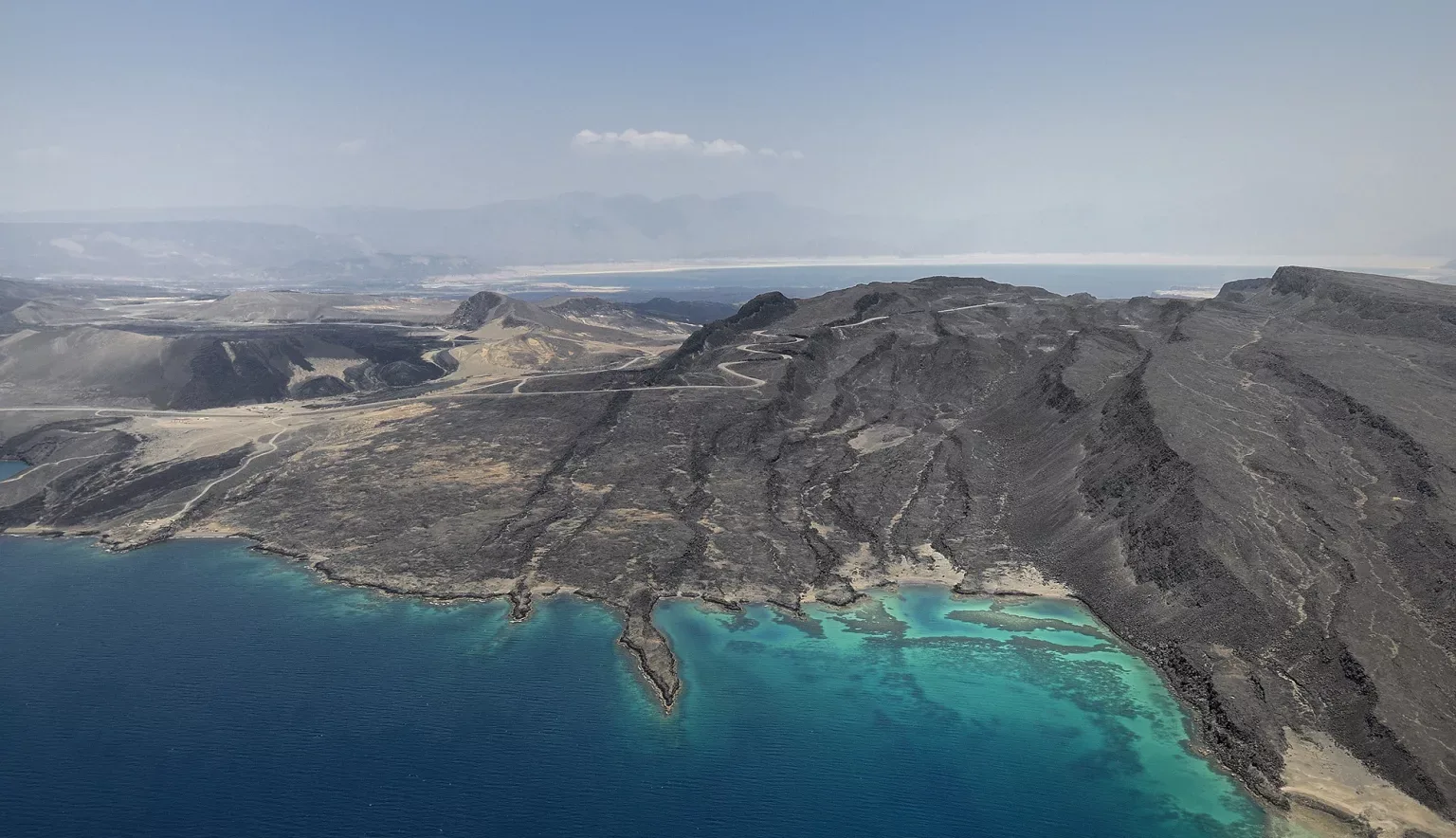Climate change has profoundly affected East Africa, leading to a series of environmental disasters that have severely impacted the region’s communities.
In recent years, the region has experienced unprecedented and devastating flooding, displacing hundreds of thousands across countries such as Burundi, Kenya, Rwanda, Somalia, Ethiopia, and Tanzania. Torrential rains have unleashed catastrophic flooding and mudslides, severely damaging roads, bridges, and dams. More than 637,000 people have been affected by weeks of deluges, including 234,000 displaced in just five days (ungeneva.org)
These climate extremes have exacerbated food insecurity. For instance, in Somalia, deadly floods have devastated deeply food-insecure communities still battling to recover from the country’s longest recorded drought. The end of over two years of drought that pushed the country to the brink of famine has brought little relief for families. Floods, by some estimates the worst in decades, have driven close to half a million people from their homes and crippled families’ attempts to rebuild their drought-ravaged livelihoods (wfp.org). Children in East Africa are also bearing the brunt of climate change. Extreme heatwaves and floods have disrupted education, with schools closing and students struggling to concentrate due to high temperatures.
The Food and Agriculture Organization (FAO) notes that nine of the countries most vulnerable to climate change are located in Eastern Africa. More frequent and intense climate shocks, such as droughts, floods, and cyclones, have made small-scale farmers particularly vulnerable due to their dependence on climate and natural resources. Coupled with economic inequality, conflict, and political instability, affected communities continue to face a cascade of challenges that make it harder to recover (fao.org).



